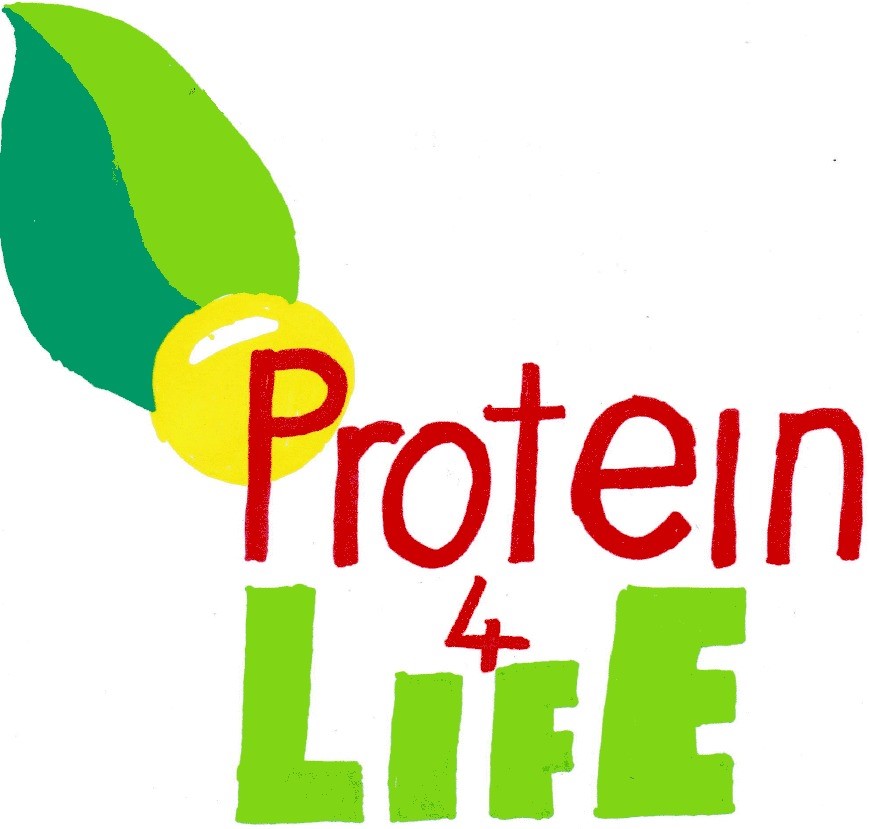Work Package 3
Choice architecture
This WP led and managed by Jeffrey Brunstrom and Charlotte Buckley at the University of Bristol.
In addition to exploring trends in consumer behaviour (WP1) and specific attitudes towards increased protein consumption (WP2), we will use techniques drawn from experimental psychology to develop predictive models of food choice. Behavioural and neuroimaging studies show that choice is mediated both by the pleasure that is anticipated from a meal (governed by the mesolimbic dopamine system and opioid systems) and by ‘top down’ inhibitory control based on long-term concerns such as effects on body weight and health (Hare et al., 2009). More recently, it has become clear that choice is also influenced by ‘expected satiety’, a medium-term meal-to-meal concern to ensure satiety between meals(Brunstrom et al., 2016). To understand and quantify the relative role of these and other influences we will use psychophysical methods that have been developed at the University of Bristol. Briefly, a range of foods are photographed and then presented to participants over a series of trials in a two-alternative forced-choice task. The expected satiety of the foods is also measured, along with an assessment of their anticipated healthiness, palatability, and calorie content. For each participant, binary logistic regression is used to estimate the relative weighting that is placed on each variable. By comparing models across groups of participants it is possible to expose subtle differences in ‘food-choice architecture.’
In an initial phase we will use a similar approach to explore the choice architecture of afternoon snack foods. To assess test-retest reliability 16 commonly consumed snacks will be selected and assessed by healthy young volunteers on two separate occasions. Independent of any direct effect on palatability, the energy density of food is also likely to play an important role in food choice (Charbonnier et al., 2015). Since snacks are often energy dense we will also trial a version of the choice-architecture paradigm that includes foods that differ in energy density and incorporate this variable in the modelling process. A potential concern is that modelling overall energy content masks subtle differences in the value that is placed on individual macronutrients. Evidence for macronutrient-specific appetites (especially for protein) is mixed (Berthoud et al., 2012; Carreiro et al., 2016). Nevertheless, one possibility is that the value that is placed on a calorie of fat, carbohydrate, and protein differs, and this may vary with age. The choice-architecture paradigm could be ideally placed to identify evidence of this kind and therefore we will explore the feasibility of modelling responses to individual macronutrients, together with the role played by associated sensory characteristics (fatty taste, savouriness, and sweetness). If time permits we will also seek to validate any evidence for differential responding by exploring whether similar models are generated using different sets of foods and whether the value that is ascribed to different macronutrients remains constant, even in people who follow very different diets (e.g., when meat-free snacks are evaluated by vegetarians).
In a second phase we will use our methods in a larger study that will be powered to quantify determinants of food choice in groups of mid-life (40-54 years), younger old (55-69 years), and older old (70 + years) healthy participants. In so doing our objective is to characterise the developmental trajectory of food-choice strategies in healthy aging, with particular focus on the relative role of energy density and protein as independent drivers of choice. Participants will be recruited from the local area using newspaper advertisements and from an existing database of volunteers. In all cases, measures of trait dietary behaviours will be obtained, together with anthropometric data including an assessment of BMI and body composition.
Outcome and deliverable: The key outcome from this WP will be the production of age-specific models of snack-related dietary decisions. In combination with WP1 and WP2 we will use findings from WP3 to deliver recommendations for specific product formulations for consideration by industry partners in WP4.










